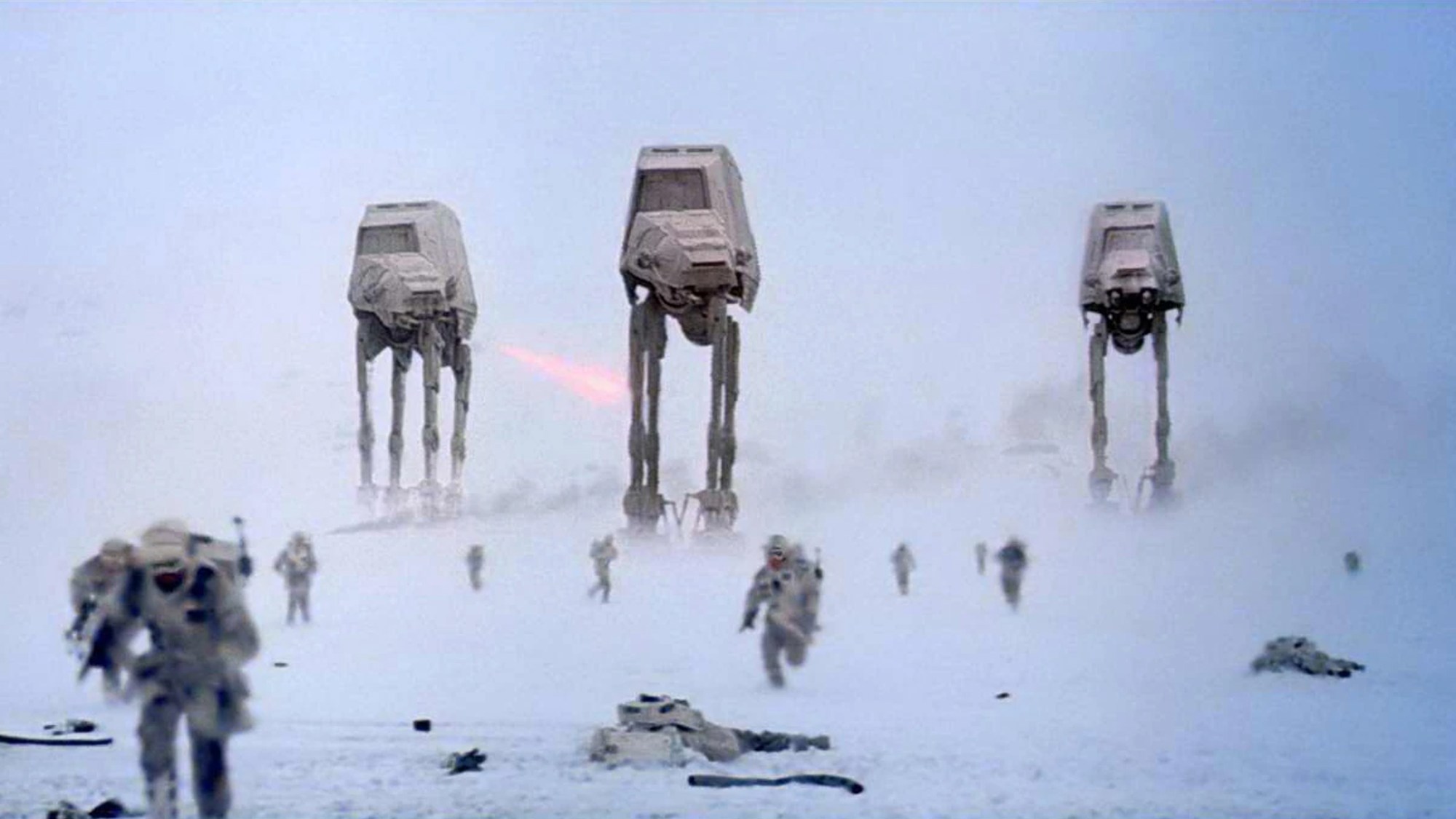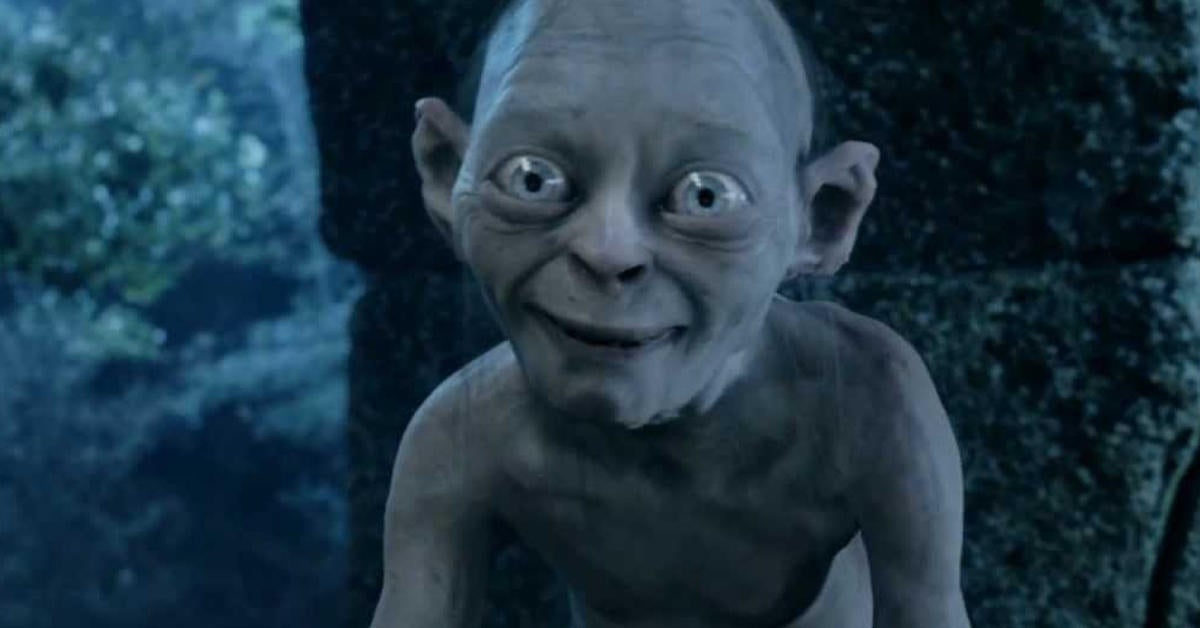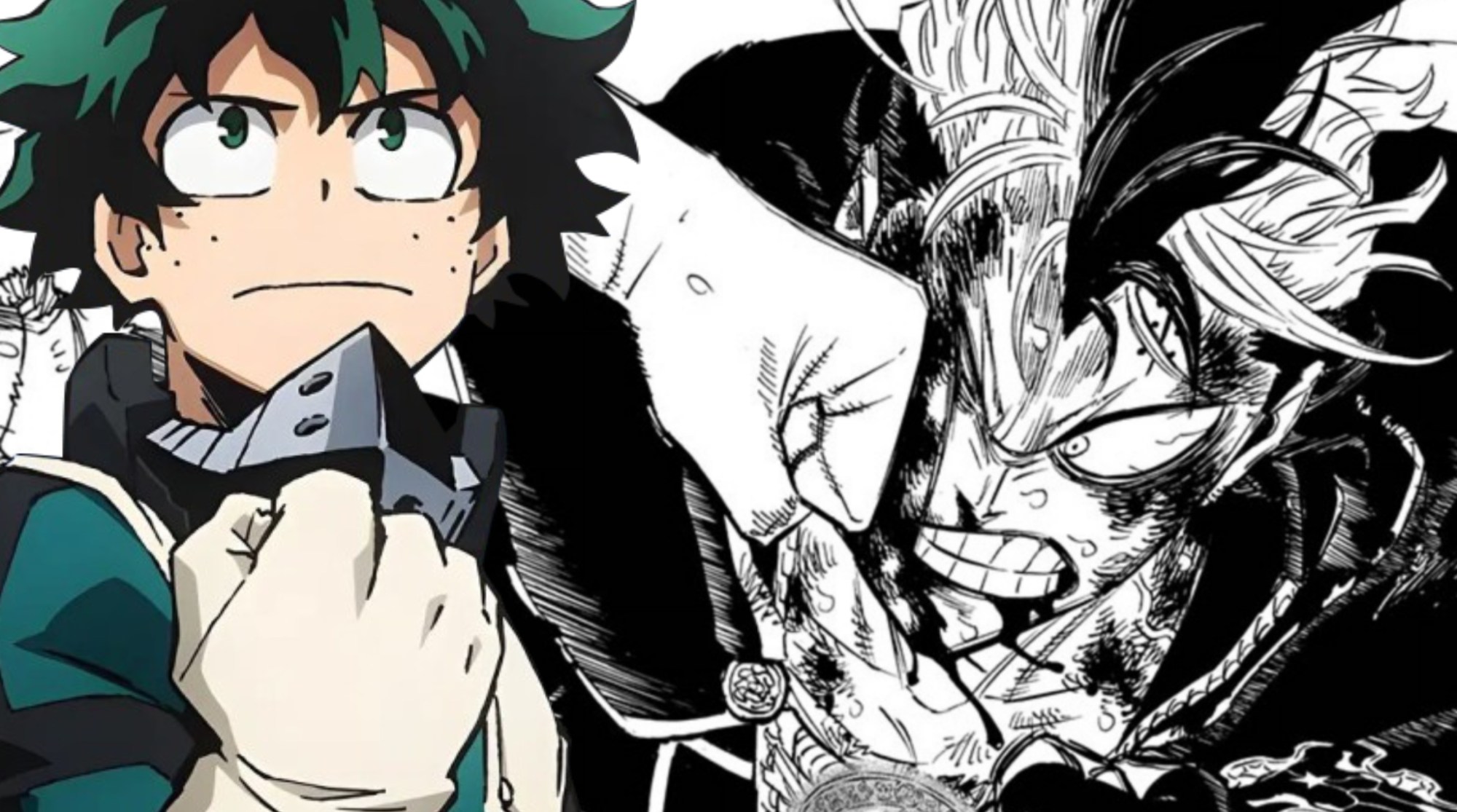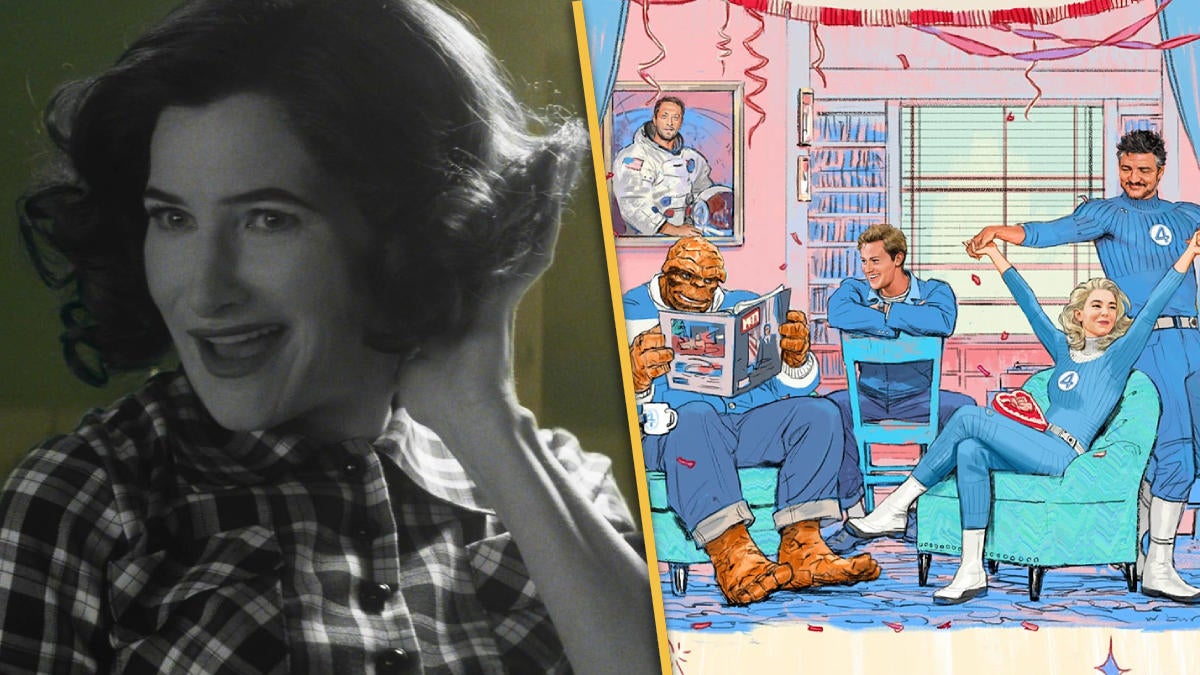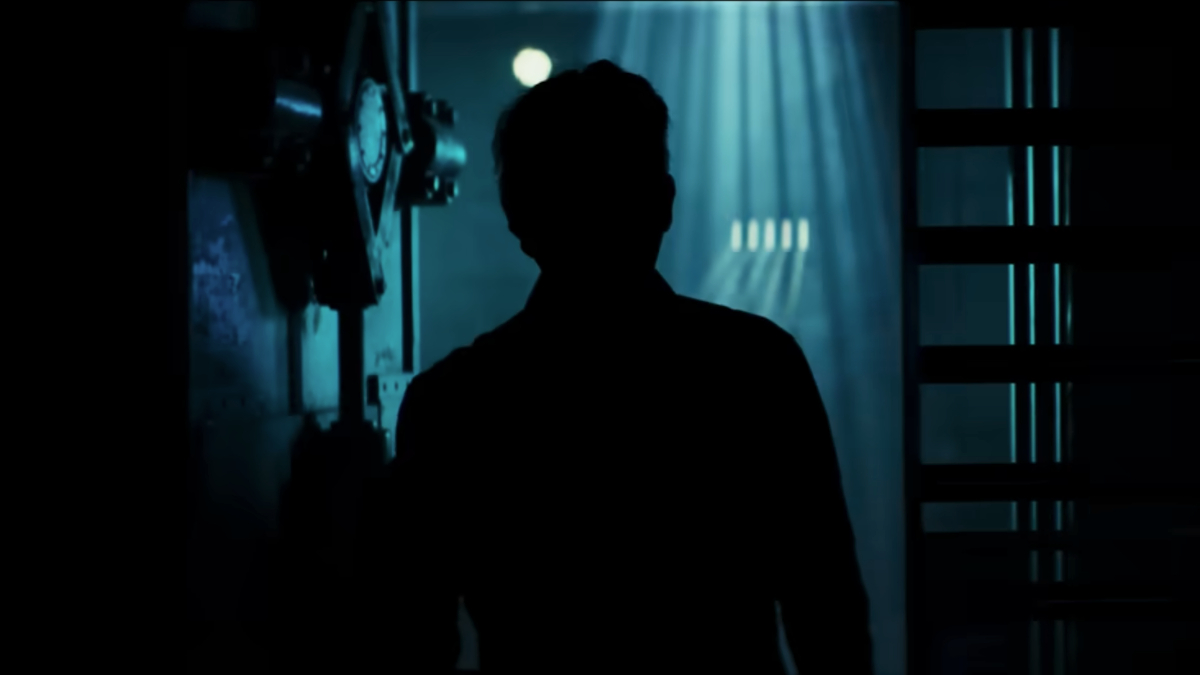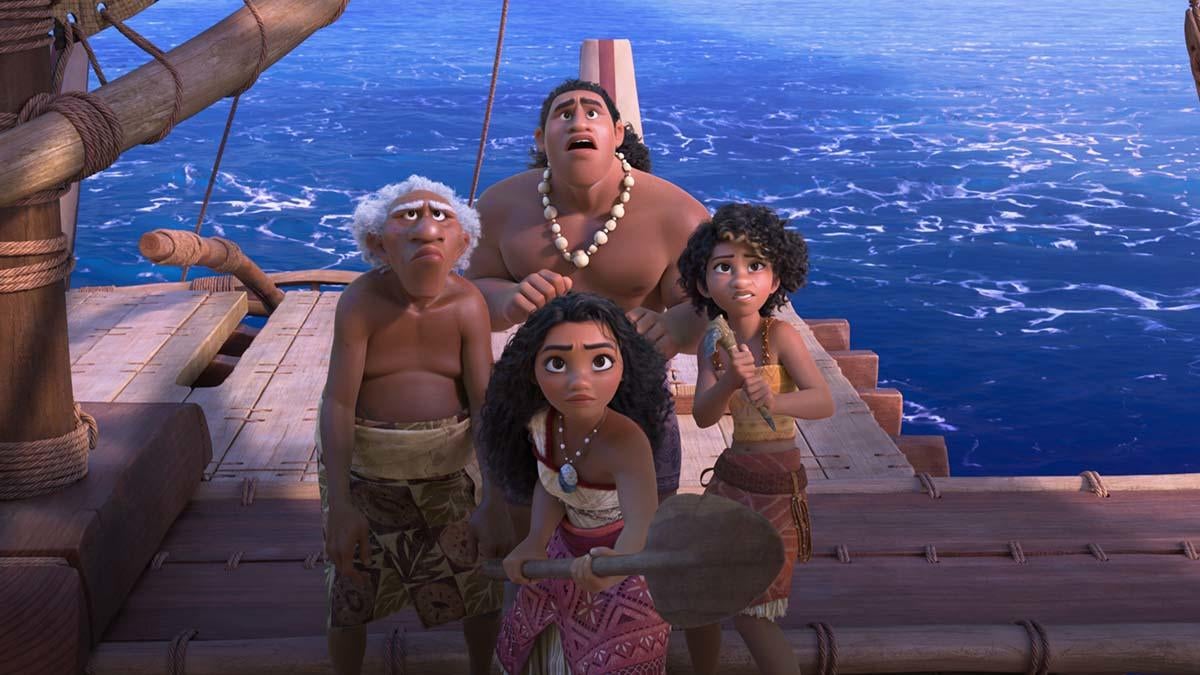With the holiday season in full gear, people around the world are starting to embrace a number of beloved traditions, whether they be the expected activities or entirely unique experiences. Speaking of traditions, Star Wars fans have celebrated their love of the galaxy far, far away all year long for the better part of five decades, thanks in large part to how widespread the adventures in the saga have spread. The entire saga kicked off on May 25, 1977 thanks to the release of Star Wars (which didn’t then have the A New Hope subtitle), and while this remains a seminal event for the fandom, it’s the winter months in which the saga has cemented itself as a time-honored tradition.
Videos by ComicBook.com
There’s a case to be made that Star Wars is a summer saga, and these claims aren’t unwarranted. With not just the first installment hitting theaters in May of 1977 and establishing the concept of a summer blockbuster, as it drew extensive crowds all summer long, audiences also spent a significant amount of that film witnessing the arid climate of Tatooine, rivaling the real-world heat of the summer months. Additionally, the next two installments in the original trilogy as well as all three entries in the prequel trilogy landed in theaters in time to kick off the summer cinema season.
Die-hard Star Wars fans often make sure to honor May 25th of every year out of respect to the premiere of the movie that kicked everything off, but each May has also brought the newfound tradition of May the 4th, in which countless brands debut new merchandise or offer special deals to honor the sprawling franchise. The ways in which May the 4th celebrations have permeated all corners of pop culture would make it seem like summer was the seminal season to celebrate Star Wars, but we beg to differ.
[RELATED: Star Wars: Mark Hamill Shares His “Unpopular” Opinion About the Holiday Special]
December of 1977 marked a unique experience for young Star Wars fans, due to the discrepancy in how strong a demand there was for action figures from the film and a complete lack of offerings. While creator George Lucas anticipated a marketing blitz in response to the movie, the action-figure industry couldn’t keep up with demand. In hopes of satiating fans, Kenner released a certificate for $8 that could be redeemed for the first four figures in the upcoming line, which also came with a cardboard display for the roster of figures. The tradition of Star Wars toys would continue every subsequent December and gift-giving seasons and distributors making sure to release highly anticipated items in time for the holiday season. The impact of Star Wars toys was so strong, some fans are more familiar with those items than they are with the films themselves.
The first time that audiences saw the stars of the debut movie reunite for an official adventure after taking the world by storm was in 1978’s The Star Wars Holiday Special. The variety show might not have paid respects to any real-world holidays, yet it embraced the spirit of winter holidays, while also airing on November 17th of that year. Even though Lucasfilm and Disney have largely ignored the events of the Special as canon, fans have adopted November 17th as the official date of the fictional “Life Day,” a time of year when fans are heading into the holiday season.
The next official entry in the saga was Star Wars: The Empire Strikes Back and, despite premiering in May of 1980, the sequel opened with an extended sequence on the frozen planet Hoth. Fans saw Luke Skywalker battling a wampa, watching Han and Leia bicker in icy tunnels, and witnessed the Rebel Alliance fight back against the Galactic Empire and their imposing AT-ATs. The franchise has offered up countless iconic sequences, though the Battle of Hoth and its snowy landscapes is arguably the defining battle of the series. Later that year, the tradition of bizarre Star Wars tie-ins would continue, as November of 1980 featured the debut of the holiday-themed album Christmas in the Stars: Star Wars Christmas Album. The album featured original songs such as “What Can You Get a Wookiee for Christmas (When He Already Owns a Comb?)” and “R2-D2 We Wish You a Merry Christmas,” while also featuring C-3PO actor Anthony Daniels reprising his role and detailing the journey of droids tasked with making toys for “S. Claus.”
After the conclusion of the original trilogy, adventures continued in what was then known as the Star Wars Expanded Universe (now known as Star Wars Legends), but it was younger fans who were just learning of the series who would tune into the USA network in the ’90s to catch broadcasts of the original movies in December. Whether it would be a marathon of the entire trilogy back to back to back or showings spread across consecutive nights, the galaxy far, far away would annually help lead into December 25th traditions (including the opening of Star Wars gifts). Also in the late ’90s, Lucas developed the Special Edition of the trilogy, which included extended and deleted scenes, along with updated visual effects. Star Wars: A New Hope hit theaters in January of 1997 (with each sequel being released three weeks apart from one another), and this could be seen as an extension of the 1996 holiday season as opposed to the kick-off for the year, due to the marketing campaign of the releases in late December ’96.
For as much excitement as there was surrounding the prequel trilogy, the buzz about Disney developing a sequel trilogy that took place after the events of Star Wars: Return of the Jedi was arguably larger. The first teaser for the first sequel, Star Wars: The Force Awakens, debuted on Thanksgiving in 2014, a full 13 months before the movie would land in theaters. In addition to new Star Wars movies dominating the November and December marketing cycles and leading discourse in fandoms in the following years, releasing movies in December also proved incredibly lucrative for Lucasfilm financially. All three entries in the sequel trilogy crossed $1 billion worldwide, as did the first standalone film Rogue One: A Star Wars Story, while The Force Awakens even crossed the impressive $2-billion mark. The only outlier in the financial success of Disney’s Star Wars movies is Solo: A Star Wars Story, which failed to earn even $400 million worldwide, and also being the only Disney entry to debut in the summer months with a May 25, 2018 release.

The debut of Disney+ means that Star Wars fervor isn’t relegated to the big screen, as the highly acclaimed The Mandalorian‘s first two seasons would premiere in November and lead into the holiday season in their respective years. The outlier, in regards to chatter among the fandom, is Season 3, which debuted in the spring of 2023. Also, while the debut season of Star Wars: Andor came in September of 2022, its finale didn’t air until deep into November. Projects that were met with more mixed reviews among fans include Star Wars: Obi-Wan Kenobi, Star Wars: Ahsoka, and Star Wars: The Acolyte, all of which had summer premieres. Star Wars: The Book of Boba Fett also serves as a bit of an outlier, as it marks a winter release that failed to make a major impact on the fandom. Releasing a project in the winter isn’t a guaranteed success, but Lucasfilm and Disney seem to want to hedge their bets by debuting Star Wars: Skeleton Crew in December and also securing multiple release dates in future years in December.
All things told, there’s no bad time to honor the galaxy far, far away, but for many fans and their households, the holiday season is when the adventures of Luke Skywalker and Darth Vader reign supreme, and for good reason.
Do you think Star Wars is a summer or a winter franchise? Contact Patrick Cavanaugh directly on Twitter or on Instagram to talk all things Star Wars and horror!
